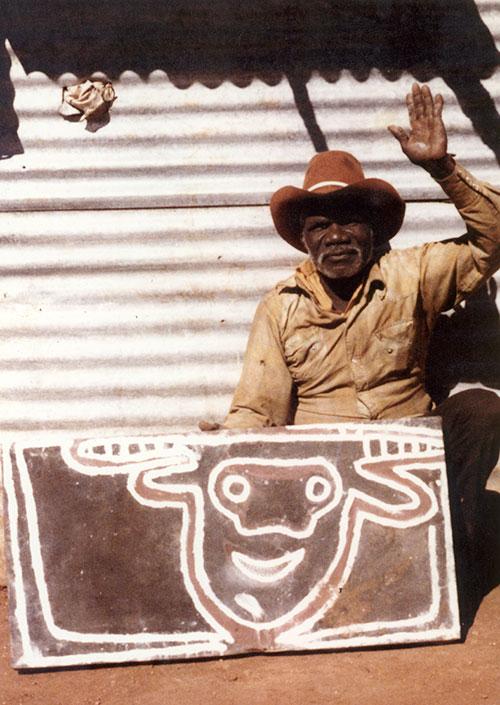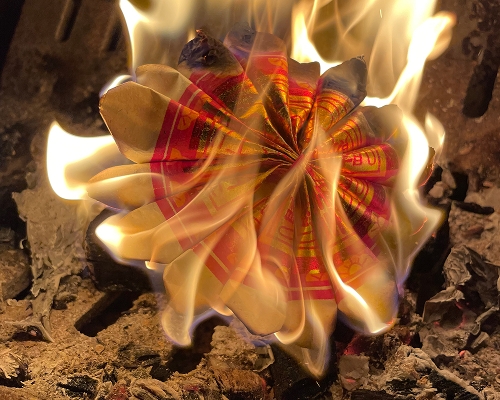Contributors
Alana Hunt
Articles

Sanjay Kak Tell me about that first cup of nun chai in Kashmir, that first conversation. Were you prepared for what you were to encounter?
Alana Hunt My first cup of nun chai was actually in Delhi in the home of a Kashmiri artist friend. I initially came to Delhi, with the support of the Australia Council, as an artist in residence with the Sarai Programme, after which I pursued studies at Jawaharlal Nehru University. During my first few weeks in the city I came across a small flyer for a screening of a film about the Safar-i-Azadi (Journey to Freedom) campaign led by the pro-independence leader and former armed fighter Yasin Malik. SAR Geelani was also there, and I learnt that he had already spent several years on death row in connection with the attack on the Indian Parliament, for which he was eventually acquitted. At the same time, protesting in the streets outside were the Hindu group Roots in Kashmir, wholly opposed to the idea of Kashmiri self-determination. I was new to Delhi, but from that point confronted with the multilayered tensions surrounding India’s occupation of Kashmir. It led me to the book The Strange Case of the Attack on the Indian Parliament, and your film Jashn-e-Azadi (How we Celebrate Freedom).

Painting at Warmun has long been linked with the desire of the old people to pass on Gija language to children. At the same time as the Goorirr-goorirr song and dance cycle was given to Rover Thomas by a spirit, Gija elders were requesting that the Ngalangangpum School teach their language. Paintings carried in the dance helped launch the local art movement and the singers and dancers were also the language teachers. They made objects as teaching aids that are now part of the Warmun Community Collection.






